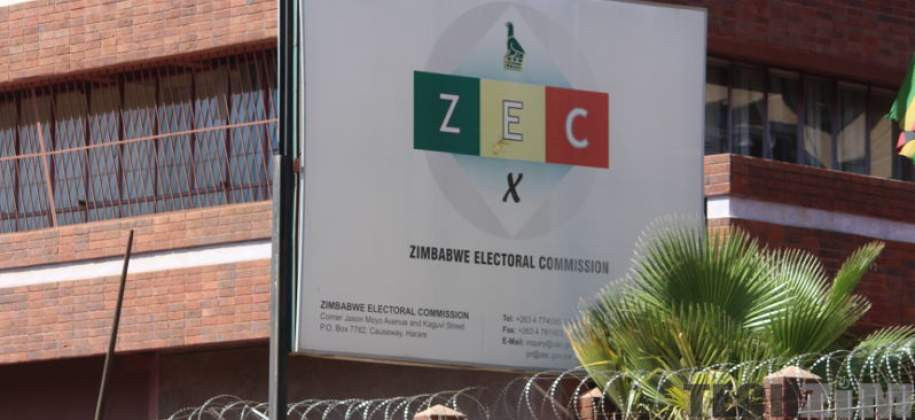
“CONGRATULATIONS Mr Carnegie, you are now the richest man in the world ...”
These were the words of John D. Rockefeller, sometime at the beginning of the 19th Century as he shook hands with industrialist and entrepreneur, Andrew Carnegie.
The two had just concluded an agreement that would see Rockefeller acquiring Carnegie Steel.
Mergers, acquisitions and other corporate transactions could be traced back to this day, or even earlier and over a century later we are still witnessing them.
Now in their mature state, corporate transactions are now more sophisticated consisting of back-and-forth analysis and valuations. The processes take months if not years, with different regulators having to get involved and give the green light before they can be concluded.
Over this time, Zimbabwe has also had her fair chance of these transactions, spanning from mergers and acquisitions to demergers and divestitures.
However, looking at it with hindsight, it seems the Zimbabwean market has rewarded the unbundling of companies and punished mergers and consolidation.
The divide-and-conquer rule seems to have dominated the capital markets.
- Mavhunga puts DeMbare into Chibuku quarterfinals
- Bulls to charge into Zimbabwe gold stocks
- Ndiraya concerned as goals dry up
- Letters: How solar power is transforming African farms
Keep Reading
The idea of massive corporates, such as Rockefeller, that ride on economies of scale has not proved to yield better returns, in fact,the market always puts a significant conglomerate.
The successful history of demergers can be traced back to the early 2000s when Delta Corporation began to spin off its non-core subsidiaries in the form of African Sun, OK Zimbabwe and Pelhams.
Although Delta remained a giant, an argument can be put forward that the demerged companies i.e. African Sun and OK Zimbabwe have also become giants in their own right and the sum of the parties is bigger than what Delta would have been had it remained a conglomerate.
If the Delta example is not convincing enough, you might find comfort in the Innscor story. Starting with Padenga in 2010, I suspect that the promoters and shareholders of the company soon realised that we are better off pruning off companies as opposed to running them as one company.
Simbisa Brands is just proof of that, and soon after that Axia Corporation was born. Now Innscor and its offspring account for more than the value of the Victoria Falls Stock Exchange.
Econet Wireless and Cassava Smartech, now Ecocash Holdings, is another classical example of the divide and create value rule.
Masimba Construction after the hyperinflation realised this game too and separately listed Proplastics. SeedCo Zimbabwe and SeedCo International transactions can also be thrown around to add to the list.
In all fairness, it is not like the market has never tried consolidation. Dairiboard and Dendairy tried to merge not so long ago to no avail. You will all remember the famous four-way merger between Meikles, Kingdom Bank, Tanganda and Cotton Printers of which three of those were listed.
The long and short story is that Tanganda is now a stand-alone company and Meikles and Kingdom is now defunct. First Mutual Life in 2018 acquired Nicoz Diamond and I am not convinced that the market appreciates that transaction.
Now, with FBC acquiring Standard Chartered Bank Zimbabwe (SCBZ) and CBZ acquiring FML and ZB Holdings, I am persuaded to see a new wave of corporate transactions in the banking sector.
Will they succeed? Only time will tell.
Although there are some technical differences in these two transactions, one clear goal I seem to find is that there is a need to create strong financial powerhouses that can pick cheaper deposits and finance major projects in Zimbabwe.
The FBC deal, which is a cash transaction is a simpler and straightforward one. The target was exiting its Zimbabwe operations and needed to sell.
According to the abridged circular to shareholders, FBC deposited US$34 million in an escrow account for the transaction, and the amount is indicative of the target’s Net Asset Value (NAV) based on preliminary accounts.
Although FBC will retain the skills and talent of former Standard Charter employees, it will not inherit the brand and the systems used by the target.
Although the transaction could make sense from an operational perspective and reap the benefits of economies of scale and operational efficiency, I am not sure if the market will appreciate the US$34million consideration and reflect in the value of the company.
On the other hand, CBZ is on a mission to create a mammoth financial powerhouse. It recently finalised the acquisition of a 36% stake in First Mutual Life, which was owned by the National Social Security Authority.
CBZ has also been accumulating a stake in another financial giant, ZB Financial and would like to consolidate all these into one unit.
Getting exposure into the regional markets via FML has also been mentioned as another potential benefit of the transaction, together with being able to finance major projects that require substantial funding.
Analyst’s thoughts
In all fairness, any analyst will need to have a look at SCBZ’s statement of financial position before I can have a final verdict on the FBC transaction, but suffice it to say with US$8m consideration, FBC could buy 21,7% of Mash in the open market.
For the Legacy debt receivable, I would see credit risk given the history of the legacy debt from the Central Bank to the Ministry of Finance and Economic Development, and a discount might be appropriate to the face value.
However, it is important to remember that SCBZ attracted quality deposits from institutions, such as NGOs and other exporting companies.
Being a subsidiary of an international company, it is also possible that the bank had credit facilities extended to them which the acquirer might inherit which can only be established after the target’s full financial statements.
On the CBZ deal, I am not sure if operationally it will be the best way to go about it. I see a lot of duplication and overfitting, which might bring operational inefficiencies.
I opine that large projects can be financed by syndication of different institutions as opposed to branching together competitors.
I also foresee a scenario where the consumer suffers from a lack of choice considering that CBZ and ZB are already giants in the market.
I could be wrong, but I also doubt that if the three companies are to be consolidated, their value will be greater than the sum of the parts.
The dream of a billion-dollar company, simply by adding together assets of the participating companies might not materialise, the moment you factor in the conglomerate discount put by the market.
- Hozheri is an investment analyst with an interest in sharing opinions on capital markets performance, the economy and international trade, among other areas. He holds a B. Com in Finance and is progressing well with the CFA programme. — 0784 707 653 and Rufaro Hozheri is his username for all social media platforms.











